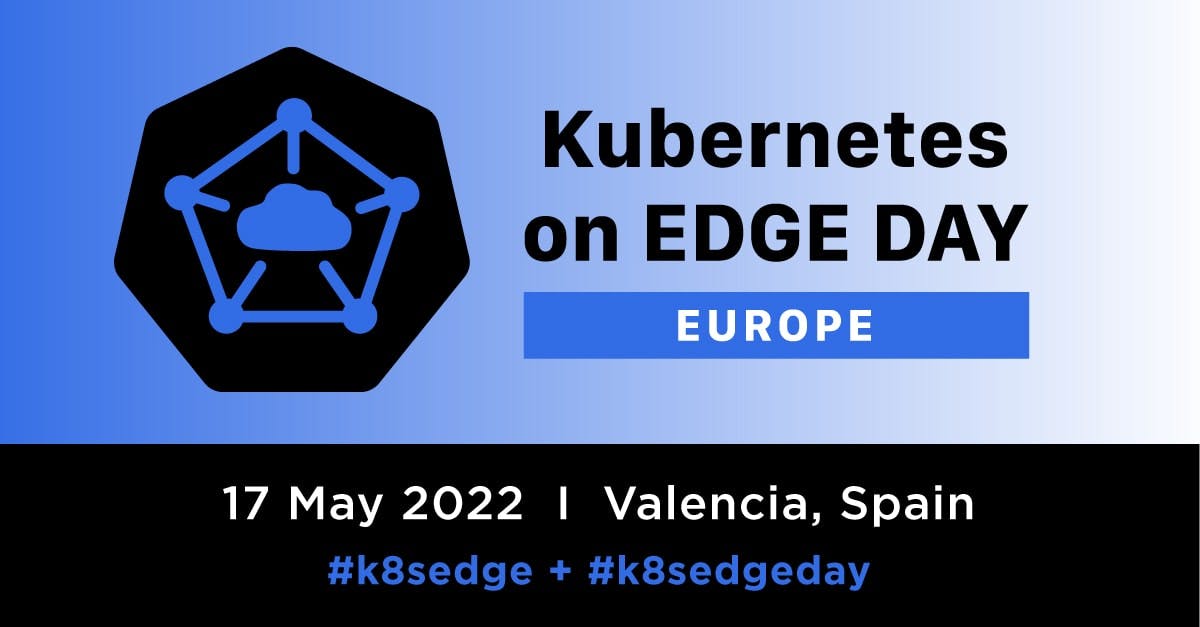It was around late January 2022, when I was doing a course on Linux from Linux Foundation a parent organization for many initiatives in the field of cloud-native ecosystems. I heard of KubeCon CloudNativeCon Europe 2022, an event organized by CNCF. During that time I was more involved in learning Linux and front-end web development technologies and wasn't aware of the cloud-native technologies as such. After a few weeks, thanks to the buzz on Twitter about the event, I started to explore the subject to know more about the ecosystem and technologies around cloud-native. But, in the back of my mind, I was of the opinion that such conferences were meant for the experts in the field and I would have to learn more in order to attend the event.
With all the (Wrong) preconceived notions I had about the event, I did not research more about the content of the conference, due to which I didn't care to register for the event. Which, later were proven wrong which led to missing out on a great resource in knowing more and learning about the technologies around the cloud-native ecosystem. During the month of May 2022, I saw a lot of students registered for the event, which cleared all my misconceptions that such conferences and events are for the experts. But, by that time I had missed an opportunity, and I was regretting that.
But, thanks to all the good people at CNCF, they did post some of the event videos on YouTube. Keep an eye on CNCF's YouTube page as more videos are to be uploaded to the playlist for people like me who had missed out on such a great learning opportunity.
Recently, I started to explore the playlist and found lots of interesting talks about introduction to new technologies, use cases, and all the innovations in the field. During that exploration phase, I came across a very interesting set of talks for the students who are interested in a new technology held in a Co-located event namely, Cloud Native WASM Day EU 2022 and Kubernetes on Edge Day, which were all about WebAssembly and leveraging Kubernetes to deploy and orchestrate containers with Edge computing applications using WebAssembly. A couple of talks that intrigued me to learn more about this were View from above: A Birds-eye View of the WASM Landscape and Where... by Bailey Elizabeth Hayes and a talk by Shivay Lamba on Managing WebAssembly apps with Kubernetes.
About WebAssembly Integrating with Edge Computing

WebAssembly also known as WASM defines a portable binary-code format and a corresponding text format for executable programs. Primarily WASM was devised to run applications in web browsers, as Javascript has some performance constraints while dealing with running high-performance applications like video editing and ML apps. WASM helps in running high-performance applications not only on web pages but can be utilized to run such applications on any other environment as well with the added advantage of using low resources. It's considered a portable compilation target, which allows compiling an application built in any language using the WebAssembly compiler, then deploying the application on many different platforms. It supports most programming languages and Operating systems. It became an official W3C standard in 2019. A tweet by Solomon Hykes, co-founder of Docker summarizes the power of WebAssembly when in 2019 he tweeted:
 WASM supports out-of-box interfaces to ML applications and as its OCI complient thus, it supports container applications as well.
WASM supports out-of-box interfaces to ML applications and as its OCI complient thus, it supports container applications as well.
Integrating Kubernetes and WASM
The talk by Shivay Lamba, in Kubernetes on Edge Day, explores the future of WASM and Edge Computing and how we can leverage it to manage that with the help of Kubernetes, today as we know Edge is very well integrated with Kubernetes, for example, a KubeEdge a CNCF incubating project.
At present, Linux-based containers occupy a lot of space, and in Edge computation, space and computation resources are a scarcity. Such Edge-based workloads require the capability to spin up the containers fast, enabled with a quick runtime.
Developers can use different container tools to deploy WASM applications as it supports the deployment of such lightweight WASM applications on container platforms like Docker or Kubernetes. One can run WASM application images and Linux-based container images side-by-side with the help of high-level runtime inside Kubernetes. And use CRI-O, ContainerD, or even Docker to run these applications and Kubernetes to manage these WebAssembly applications. The speaker discusses in detail how the workflow can be achieved in great detail.
All the talks on WASM and Edge were very good and informative on how we can leverage cloud native technologies to mitigate the challenges posed by Edge. I highly recommend the readers to watch these talks from the above event, which are available on Youtube. On the other hand, what I missed out on was one of the key advantages of such an event — as explained by Steve Wong in his opening remarks in Kubernetes on Edge Day was interaction with fellow attendees for more insights and gaining knowledge on the subject. Which I missed a lot and which could have proven to be an enriching experience.
After this experience of missing out on such an informative event. I immediately subscribed to the future events on the CNCF events page, which lists all the upcoming events. I strongly recommend this to every Cloud-native enthusiast to register for any future events as early as possible.
Learning is a lifelong activity and such events help us grow our knowledge, meet new people, and contribute back to the community in whatever way we can and be a part of the huge growing community.
